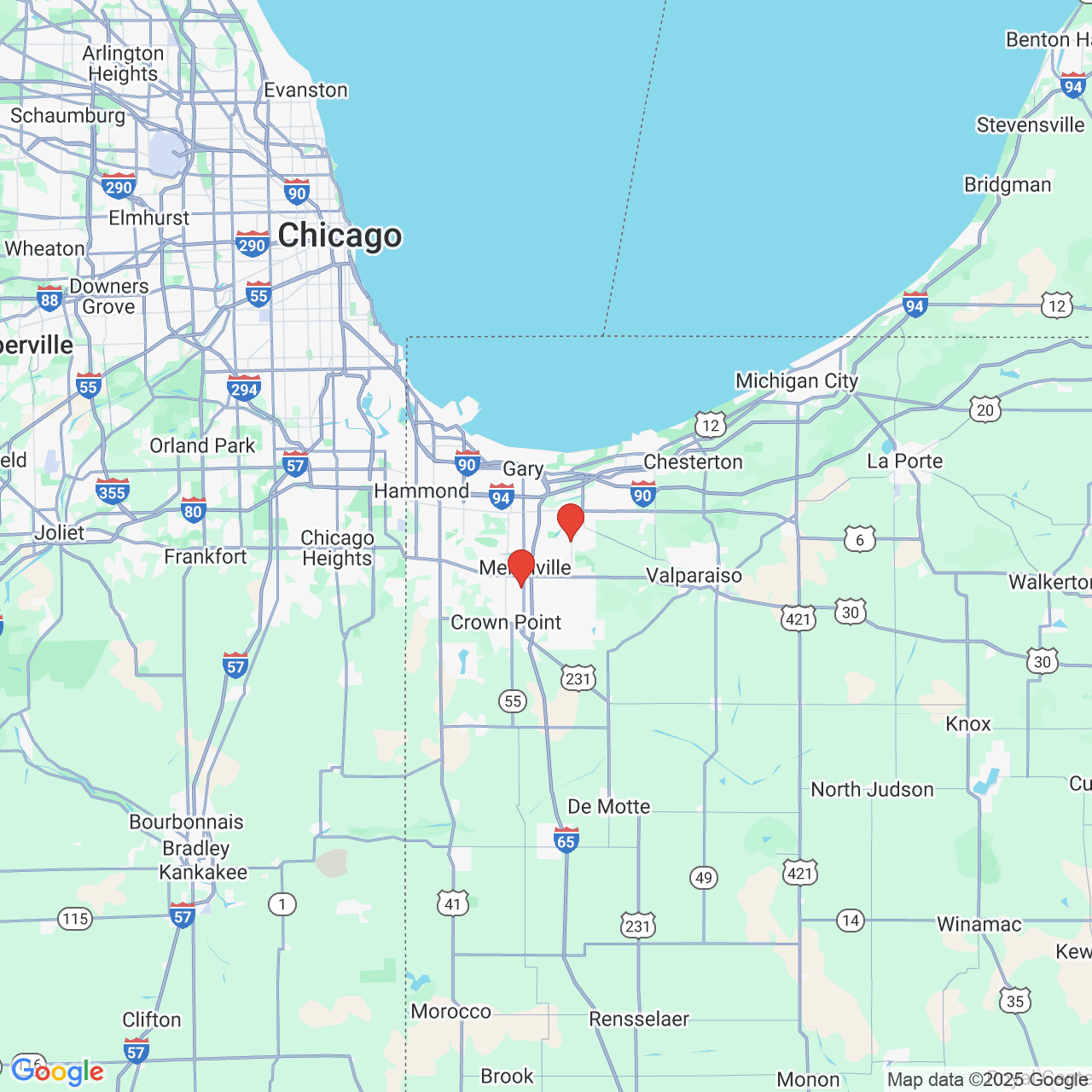How Wavefront LASIK Technology Enhances Laser Eye Surgery
 The offices of Deen-Gross Eye Centers in Merrillville and Hobart use the latest in laser eye surgery technology. This allows us to perform state-of-the-art surgeries and achieve the finest results available in vision correction today.
The offices of Deen-Gross Eye Centers in Merrillville and Hobart use the latest in laser eye surgery technology. This allows us to perform state-of-the-art surgeries and achieve the finest results available in vision correction today.
Advances in technology have been particularly important for LASIK. In fact, modern LASIK surgery is even safer and more effective than ever thanks in large part to wavefront scanning technology. We'd like to go over some of the basics of wavefront so patients understand the difference that it makes.
About Wavefront Technology
Wavefront technology refers to a sophisticated digital mapping system that is used to measure and assess the nature of the patient's cornea. By taking a scan of the cornea with a wavefront map, minor issues with corneal contour can be identified and treated.
Wavefront technology is what makes custom LASIK possible.
Isn't all LASIK surgery technically customized?
Technically, yes, but there's a major difference between the LASIK of the past and the custom LASIK of today.
The computer guidance and assistance of wavefront technology allows for even greater accuracy and even finer customization. Thanks to wavefront technology, an eye surgeon is able to identify both higher order aberrations and lower order aberrations of the corneal shape and correct a patient's vision in the most complete manner possible.
Higher Order and Lower Aberrations Explained
Lower order aberrations refer to common refractive errors, which you may know better as the following:
- Myopia (nearsightedness)
- Hyperopia (farsightedness)
- Astigmatism
Higher order aberrations are minute issues with corneal contour that result in the following kinds of vision issues:
- Glare
- Halos
- Starbursts
- Problems with contrast sensitivity
- Problems with night vision
It's not uncommon for people to experience both higher order aberrations and lower order aberrations given the unique contour of an individual's cornea.
How Wavefront LASIK Results Compare to Older LASIK Results
In traditional LASIK surgery without wavefront scanning, a LASIK surgeon was only able to address lower order aberrations with regularity.
Thanks to wavefront technology, both higher order aberrations and lower order aberrations can be addressed with great accuracy. This is the custom LASIK difference: modern LASIK patients see better because they have even minor problems with their corneal contour fully addressed.
State-of-the-Art Technology Means Improved Vision
Thanks to advanced technology in the field of laser eye surgery, patients today undergo a surgery that is much safer and more effective than before.
- Wavefront Means Added Safety - The information from the wavefront scan is fed into a computer, which guides the laser during the LASIK procedure. This eliminates human error while enhancing overall quality of care. This adds greater confidence to LASIK surgeons and patients alike with regard to the quality of treatment that's possible.
- Wavefront Means Added Quality - Custom LASIK means that patients will experience higher quality vision, experience fewer issues with minor vision problems caused by higher order aberrations, and will be able to experience the richness of the world around them without wearing glasses or contacts.
Contact Deen-Gross Eye Centers
For more information about LASIK and how it can help you have the best eyesight possible, it's important that you contact our laser vision correction surgery center today. The team at Deen-Gross Eye Centers looks forward to your visit and helping you achieve excellent vision.


